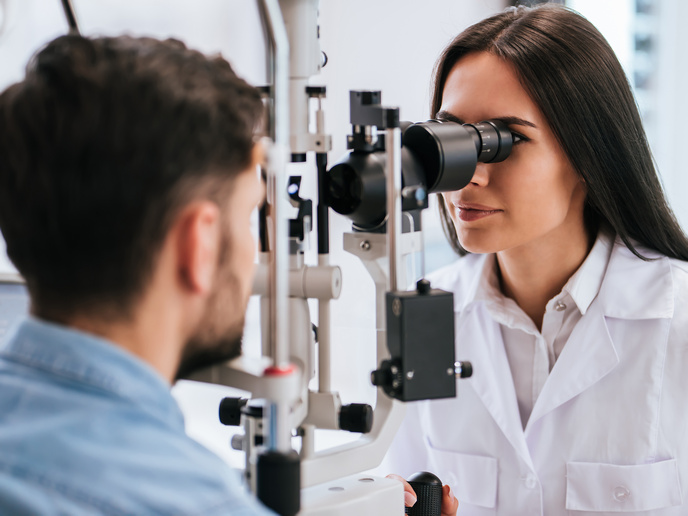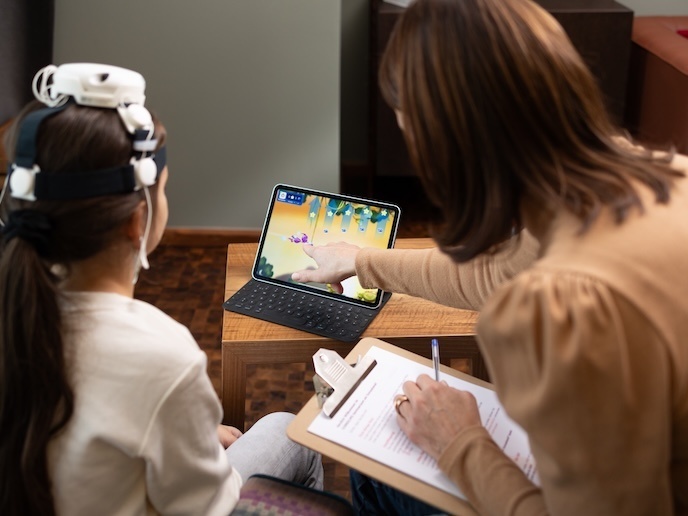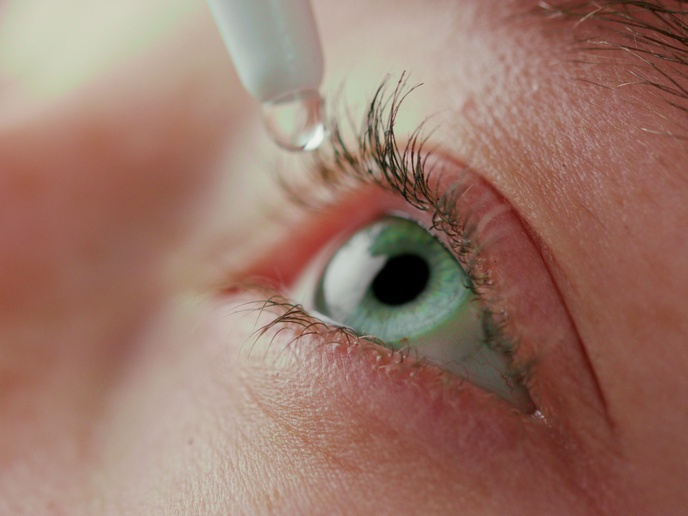Virtual eye model boosts surgical decision-making
Myopia(opens in new window), commonly known as nearsightedness, is a refractive error of the eye that makes it difficult to see distant objects clearly. While eyeglasses or contact lenses are commonly used to correct this condition, refractive surgery has become increasingly popular. “At present however, there is no standard method for determining which surgical procedure might best suit each specific case,” says VEMoS(opens in new window) project member Alejandra Rodríguez from Vissum(opens in new window) in Spain. “This lack of standardisation can increase the risk of both short-term and long-term adverse effects, such as dry eye, decreased night vision, or even loss of vision acuity compared to pretreatment levels. In some cases, further surgery may be required to obtain the desired visual acuity outcomes.”
Individual preoperative visual simulations
The VEMoS project sought to address this challenge by developing a preoperative assessment to better manage visual disability. “The aim was to develop an all-in-one device which, together with new software, builds a virtual model of the patient’s eye,” explains Rodríguez. “This would enable the simulation of potential post-operative outcomes, and provide data-driven clinical decisions to support surgery.” Technologies, including a topographer to study physical features, and an open-field aberrometer to measure optical aberrations in the eye, were developed. These were combined in an all-in-one device. New software was then developed. “The corneal topographies and biometric eye measurements from the device can be exported,” notes Rodríguez. “The software then reconstructs a personalised virtual model of the eye.” The current visual scenario of the patient is displayed graphically, allowing the ophthalmologist to simulate different scenarios. The idea is that this can aid the healthcare professional in pre-surgery decision-making.
Software to facilitate data collection
In addition to gathering eye measurements to generate this virtual eye model, the software also facilitates data collection for clinical trials. A number of patients were recruited to participate in a clinical trial in order to test the prototype VEMoS system. “Clinical trials were carried out at Aarhus University Hospital(opens in new window) in Denmark, the University of Coimbra(opens in new window) in Portugal, and Vissum in Spain,” adds Rodríguez. Data from untreated patients, as well as those who underwent refractive or cataract surgery, were then extracted and analysed. “This was done to evaluate the accuracy of the biometric parameters extracted from the VEMoS device(opens in new window), and to verify the results obtained from the simulations generated with the software,” explains Rodríguez.
Personalised clinical-decision support
These results suggest that the VEMoS innovation can effectively provide personalised clinical-decision support, based on individual eye measurements. This has the potential to reduce prediction errors and complications, and provide clinicians with value-added information. “Preoperative screening is extremely important for identifying appropriate candidates for refractive surgery, and selecting the optimal technique to prevent complications,” says Rodríguez. “The aim now is to bring this innovative solution for refractive surgery decision-making to market, and thus revolutionise the way surgery is performed and improve patient outcomes.” Next steps include performing further comparative and repeatability analyses with a wider sample of patients. This will provide a broader and more comprehensive view of the progress made, and allow for continuous improvement of the software.







